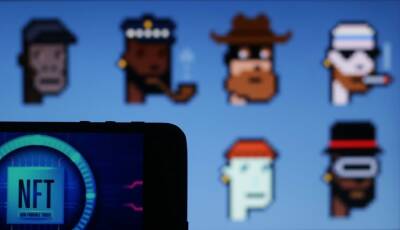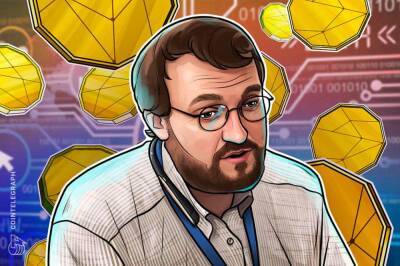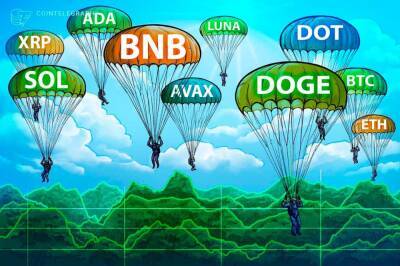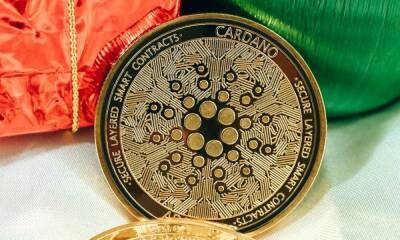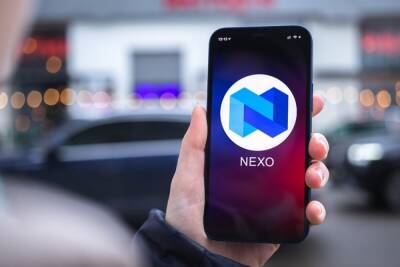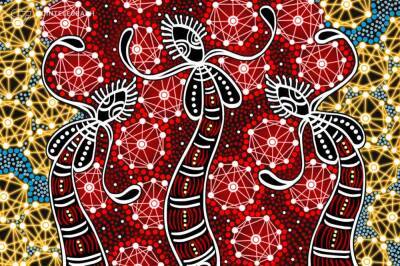The metaverse will change the paradigm of content creation
Content constitutes the essence of the internet and comes in many different forms that the current Web2 internet iteration supports — text, audio, video or a mix of all three. However, content is scarcely a free resource. It is content creators who are now becoming opinion leaders, influencers and the cornerstones of so many of the critical services businesses rely on, such as advertising, marketing and public relations management.
The need for content and its strive for independence — embodied by thousands of bloggers and indie performers — has spawned an immense online economy that trades talent and often rakes in sales volumes many a top-level artist would salivate to earn. This economy has been dubbed the creator economy: a financial framework that allows independent individuals to earn on their self-expression by feeding audiences the type of content they are willing to pay to consume.
The creator economy is a tremendous force: a unique, online phenomenon that overstepped the $104-billion market size threshold at the end of 2021. Given the snowballing demand for new content on popular platforms, such as TikTok, that empower independent artists and performers, experts are hesitant to make forecasts about the potential market size of the creator economy in the near future.
The reason for the lack of tangible predictions is that the creator economy is an extremely young phenomenon that started with the COVID-19 pandemic. The lockdowns evoked a wave of talent among people confined indoors, resulting in a release of creativity that others sharing confinement were eager to consume as much-needed entertainment.
Related: The best is yet to come: What’s next for blockchain and the creator economy
Considering that
Read more on cointelegraph.com


